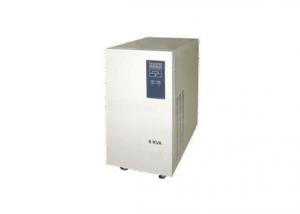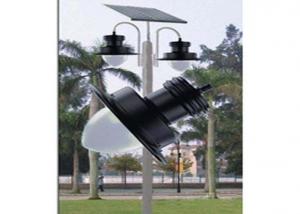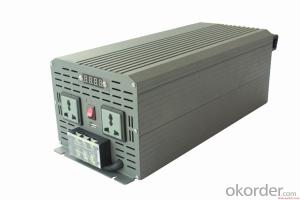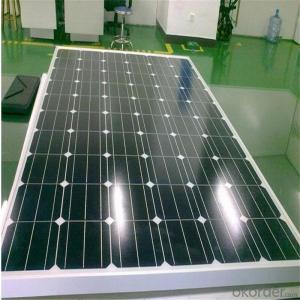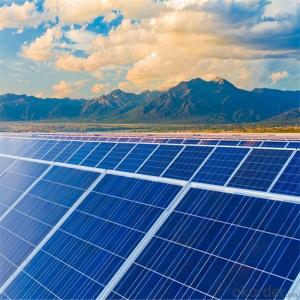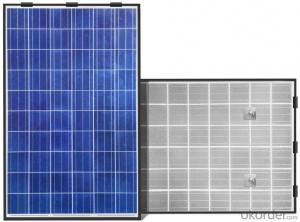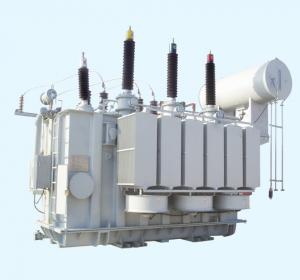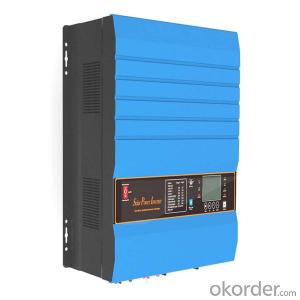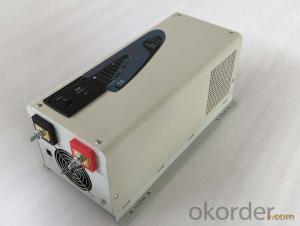10kw Solar Edge Inverter
10kw Solar Edge Inverter Related Searches
Solar Edge Inverter 10kw 10kw Solar Inverter 10kw Solar Power Inverter Solar Inverter 10kw 10kw Inverter Solar 10kv Solar Inverter Solar Power Inverter 10kw Solar Inverter 10 Kw 10kw Solar Hybrid Inverter 10kva Solar Inverter 10 Kva Solar Inverter 10k Solar Inverter 10kw Hybrid Solar Inverter Solar Inverter 10kva 10 Kw Hybrid Solar Inverter Solar Inverter Hybrid 10kw Hybrid Solar Inverter 10kw 10kva Solar Hybrid Inverter 10 Kva Hybrid Solar Inverter Solar Edge Inverter Best 10kw Solar Inverter 10kw 3 Phase Solar Inverter 10000w Solar Inverter On Grid Solar Inverter 10kw 10000w Solar Power Inverter Solar Inverter 10kw Price 10kva Inverter Solar System 10000 Watt Solar Inverter 10kw Solar Inverter Price Solar Edge Hybrid Inverter10kw Solar Edge Inverter Supplier & Manufacturer from China
The 10kw Solar Edge Inverter is a high-performance solar power conversion device that is designed to optimize energy production from solar panels. This advanced inverter features a modular design and advanced monitoring capabilities, ensuring maximum efficiency and reliability for a wide range of solar energy systems. It is particularly well-suited for commercial and large-scale residential installations, where energy output and system performance are critical factors.The 10kw Solar Edge Inverter is widely used in various applications, such as rooftop solar systems, ground-mounted solar farms, and off-grid power solutions. Its ability to handle high power loads and maintain consistent performance under varying weather conditions makes it an ideal choice for environments with fluctuating solar irradiance. Additionally, the inverter's compatibility with a range of solar panel technologies and its user-friendly interface make it a popular choice among solar system installers and operators.
Okorder.com is a leading wholesale supplier of the 10kw Solar Edge Inverter, offering a vast inventory of this product to cater to the needs of various customers. With a strong commitment to quality and customer satisfaction, Okorder.com ensures that each 10kw Solar Edge Inverter is thoroughly tested and inspected before being shipped to its destination. This online platform provides a convenient and efficient way for businesses and individuals to purchase high-quality solar inverters at competitive prices, making it easier than ever to invest in renewable energy solutions.
Hot Products



